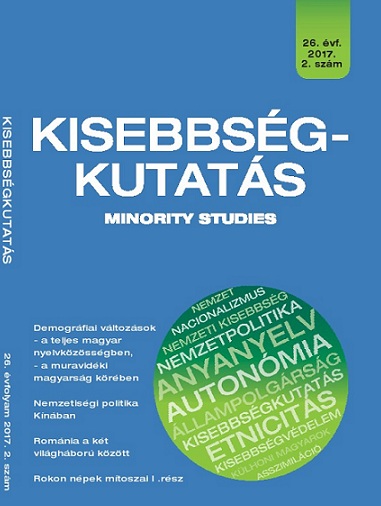Népesedési viszonyok a magyar nyelvközösségben
The Demographic Conditions of the Hungarian Linguistic Community
Author(s): Pál Péter TóthSubject(s): Cultural Anthropology / Ethnology, Demography and human biology
Published by: Lucidus Kiadó
Summary/Abstract: Based on the key data and frameworks available, this study attempts to present the evolution of the headcount and the demographic and ethnic composition of the population belonging to the Hungarian linguistic community. It tries to shed light on who can or should be considered as belonging to a given linguistic community and what one should mean by the narrower and broader environment of such a community. After sharing his thoughts on the birth of the Hungarian linguistic community, the author makes a clear distinction between the Hungarian demographic trends of the periods before and after World War I. He identifies their most important components as follows: while in the first period the assimilation of non-Hungarians living in the country’s territory as well as the “gain” due to international migration contributed to the growth of the population and the restructuring of its ethnic composition, the second period, especially the recent decades, has been characterised by the concentration of the Hungarians in the present-day territory of the country, which – in both the short and the long term – will result in the further degradation of the proportion and culture of the Hungarians living in the Carpathian Basin.
Journal: Kisebbségkutatás
- Issue Year: 26/2017
- Issue No: 2
- Page Range: 7-41
- Page Count: 35
- Language: Hungarian

